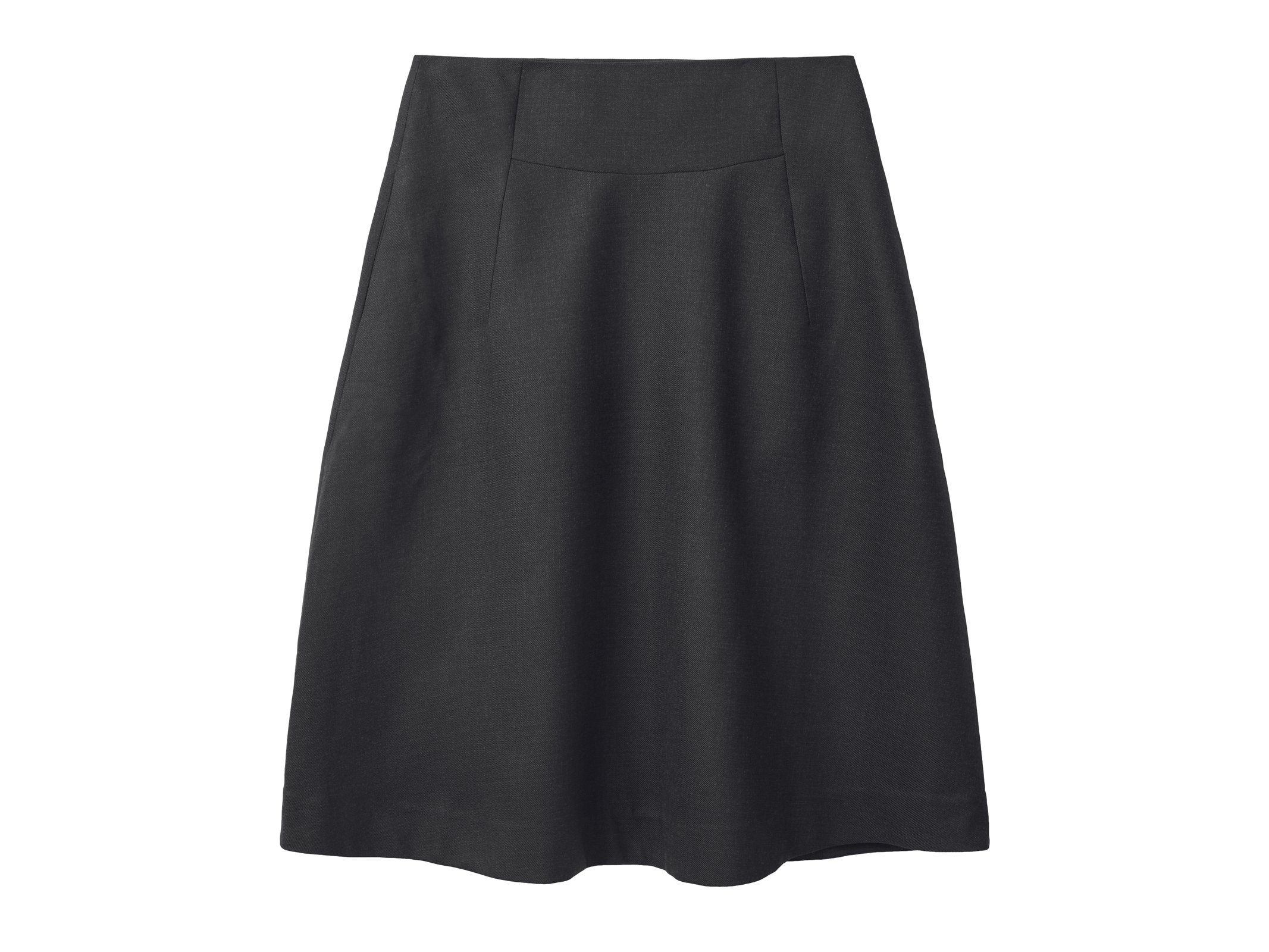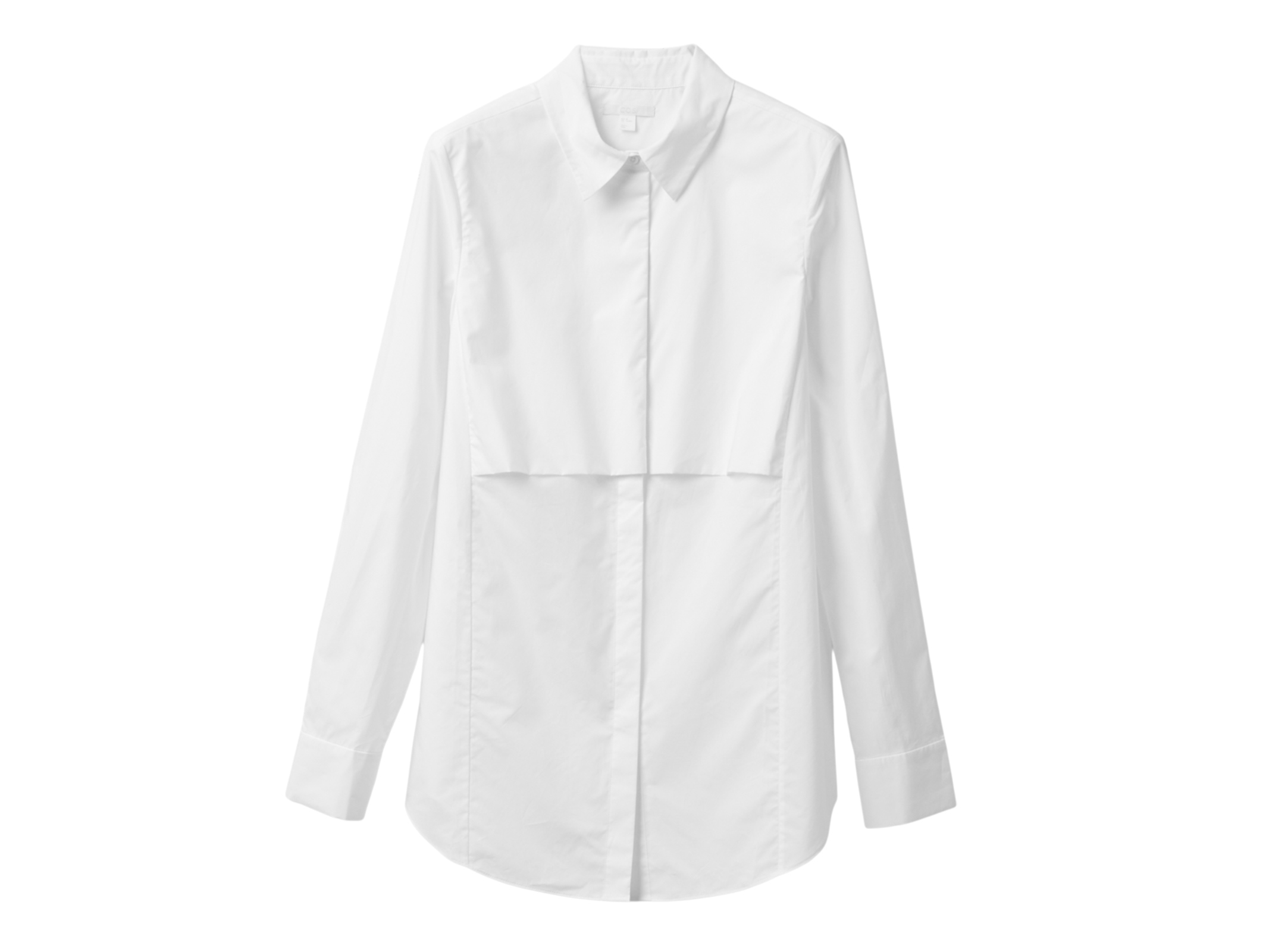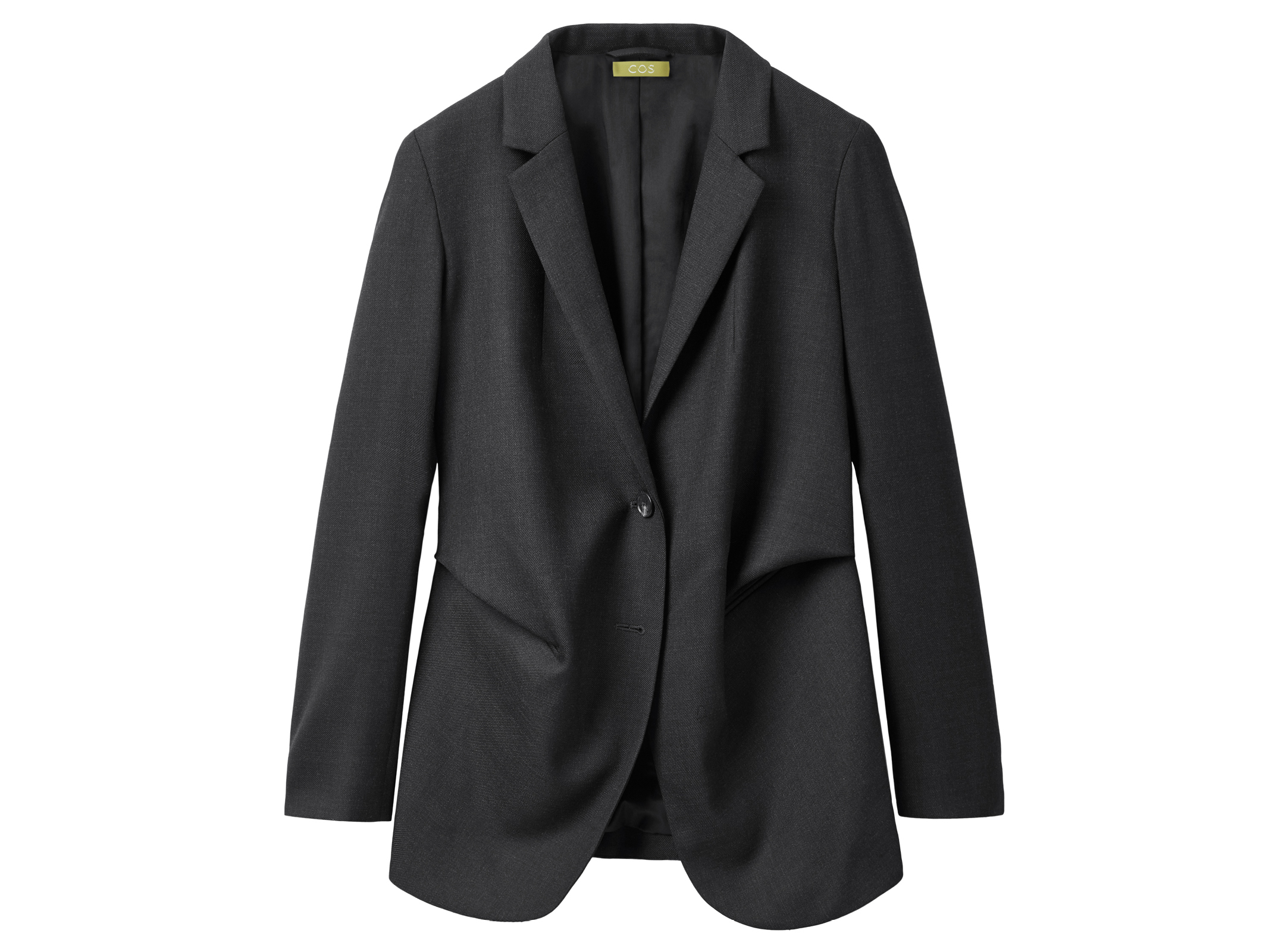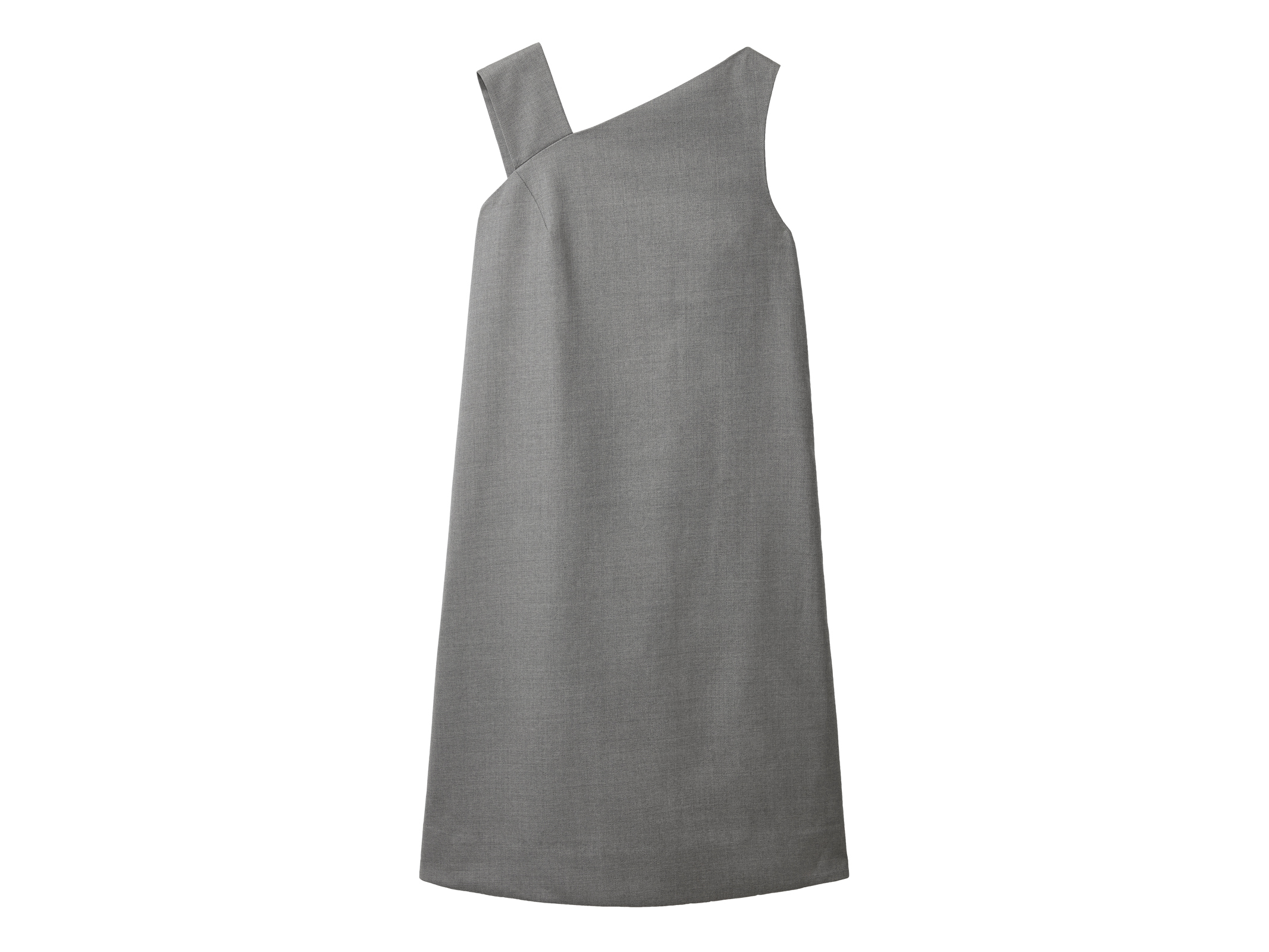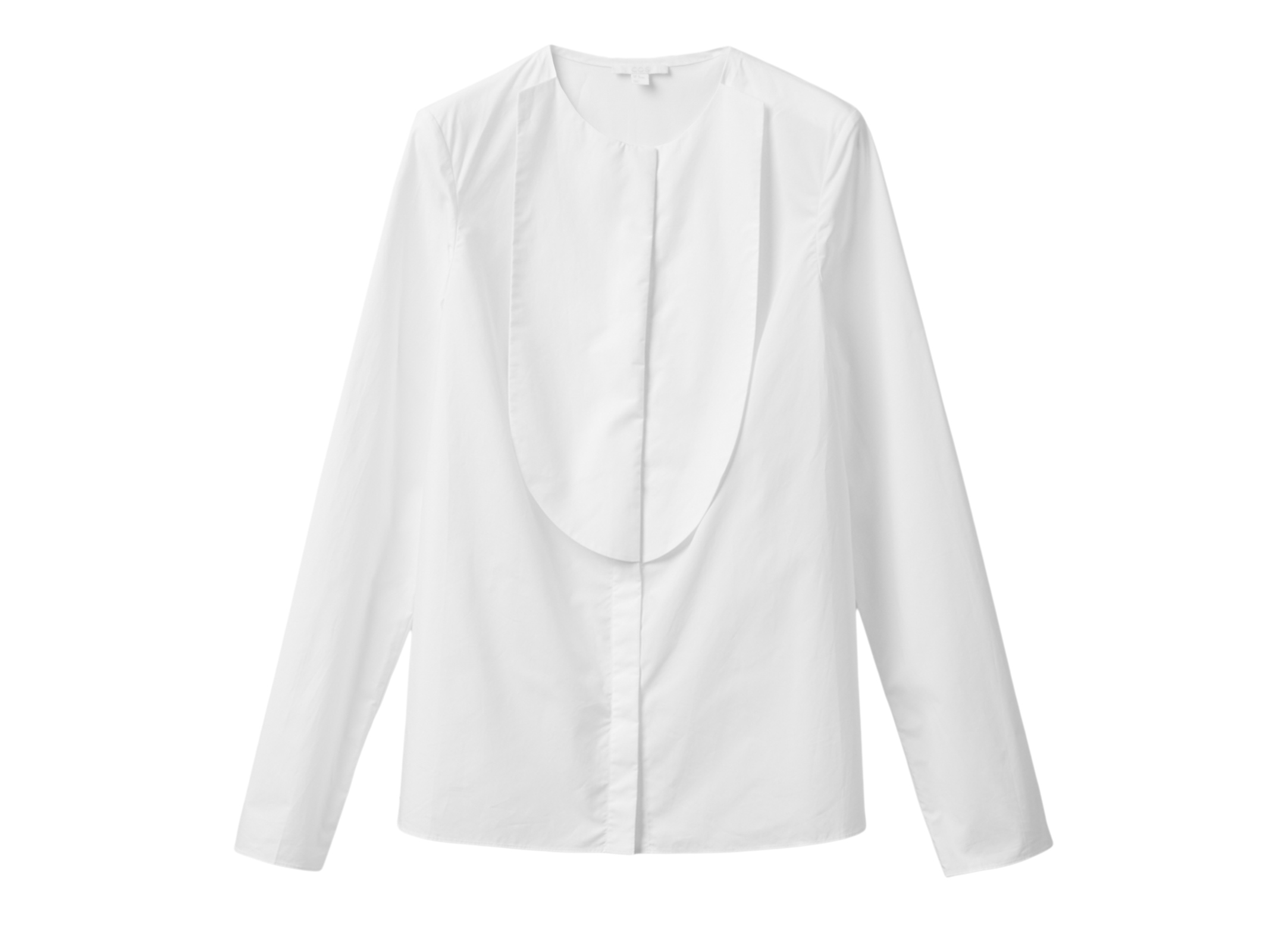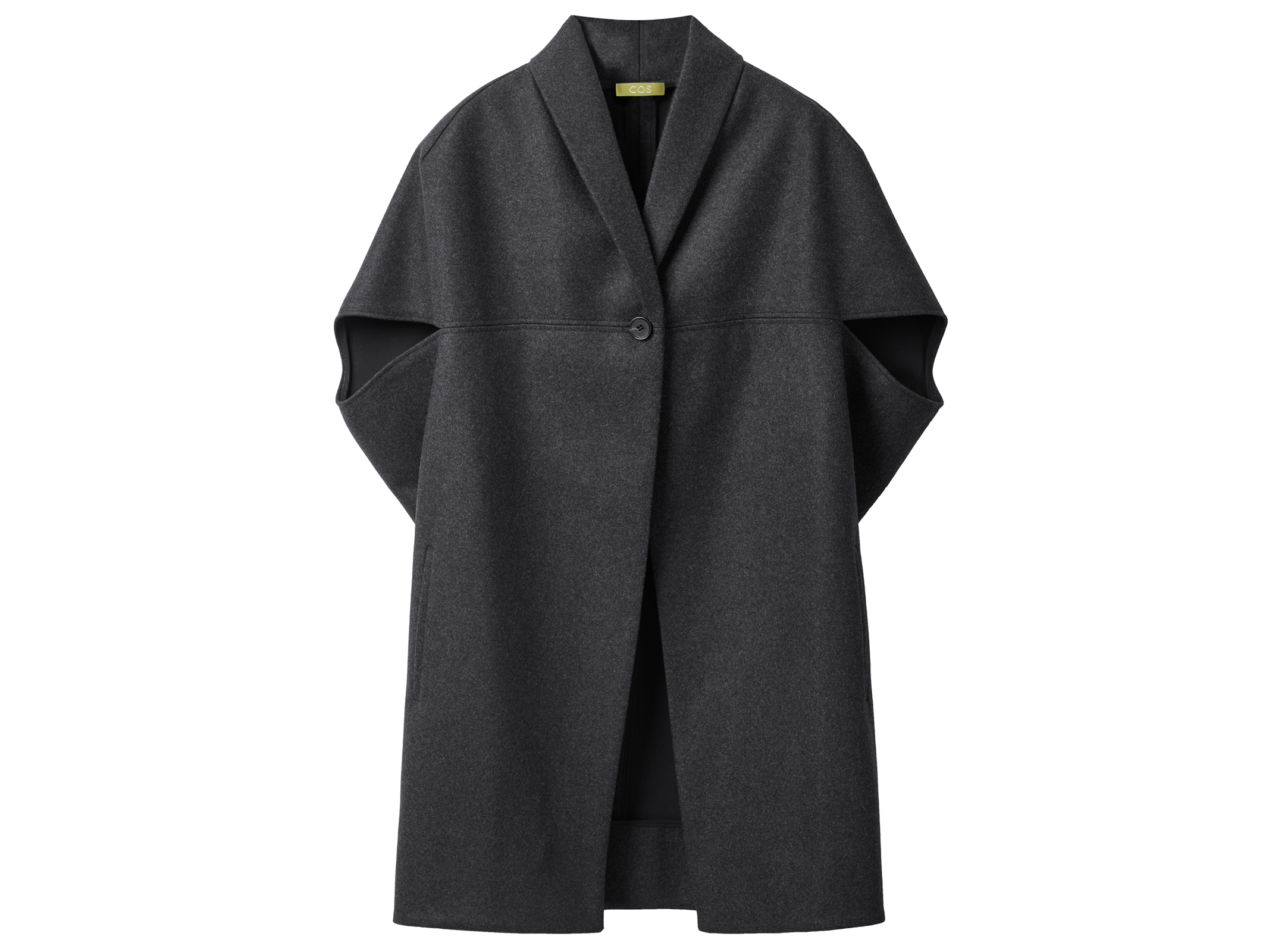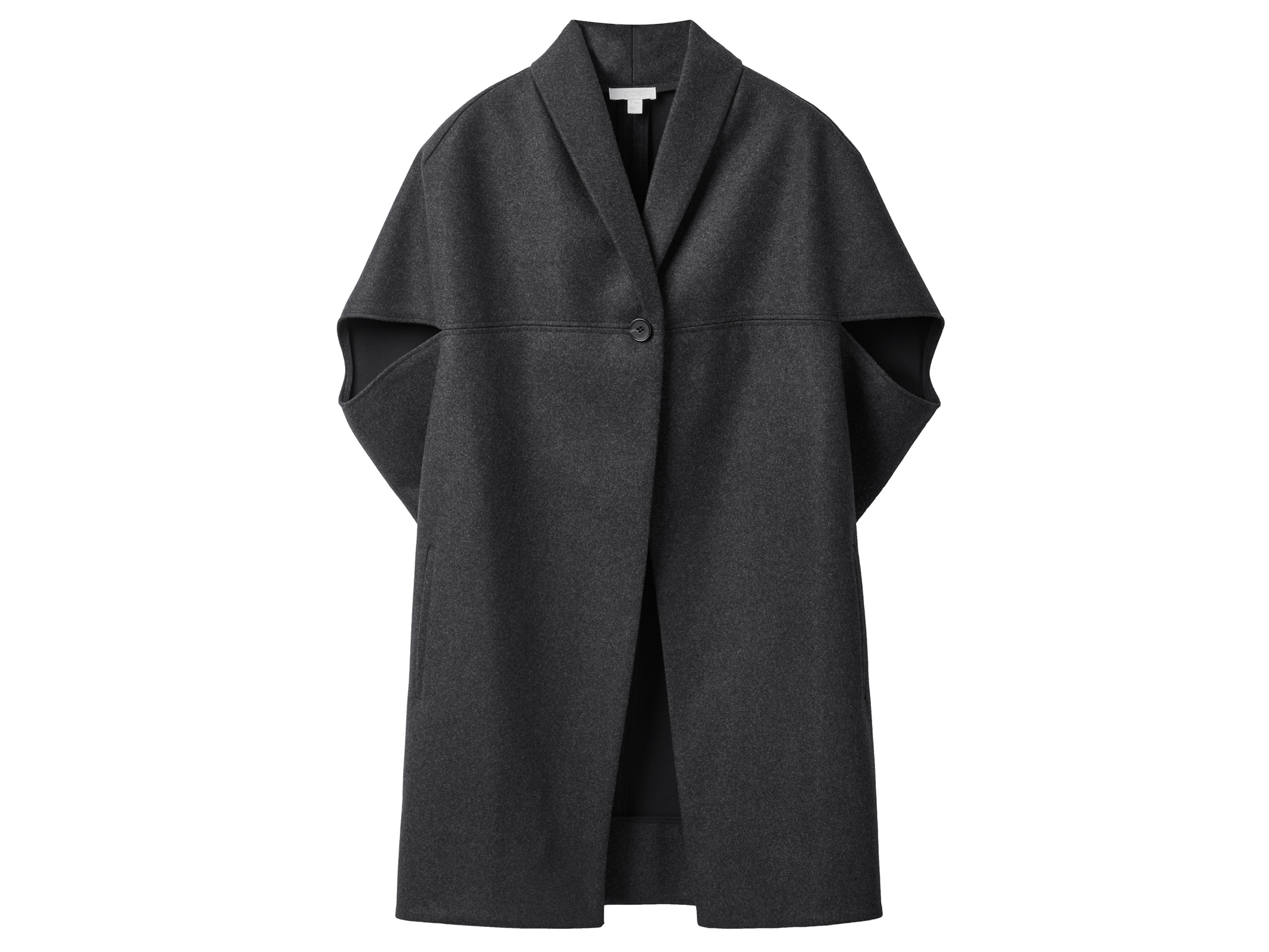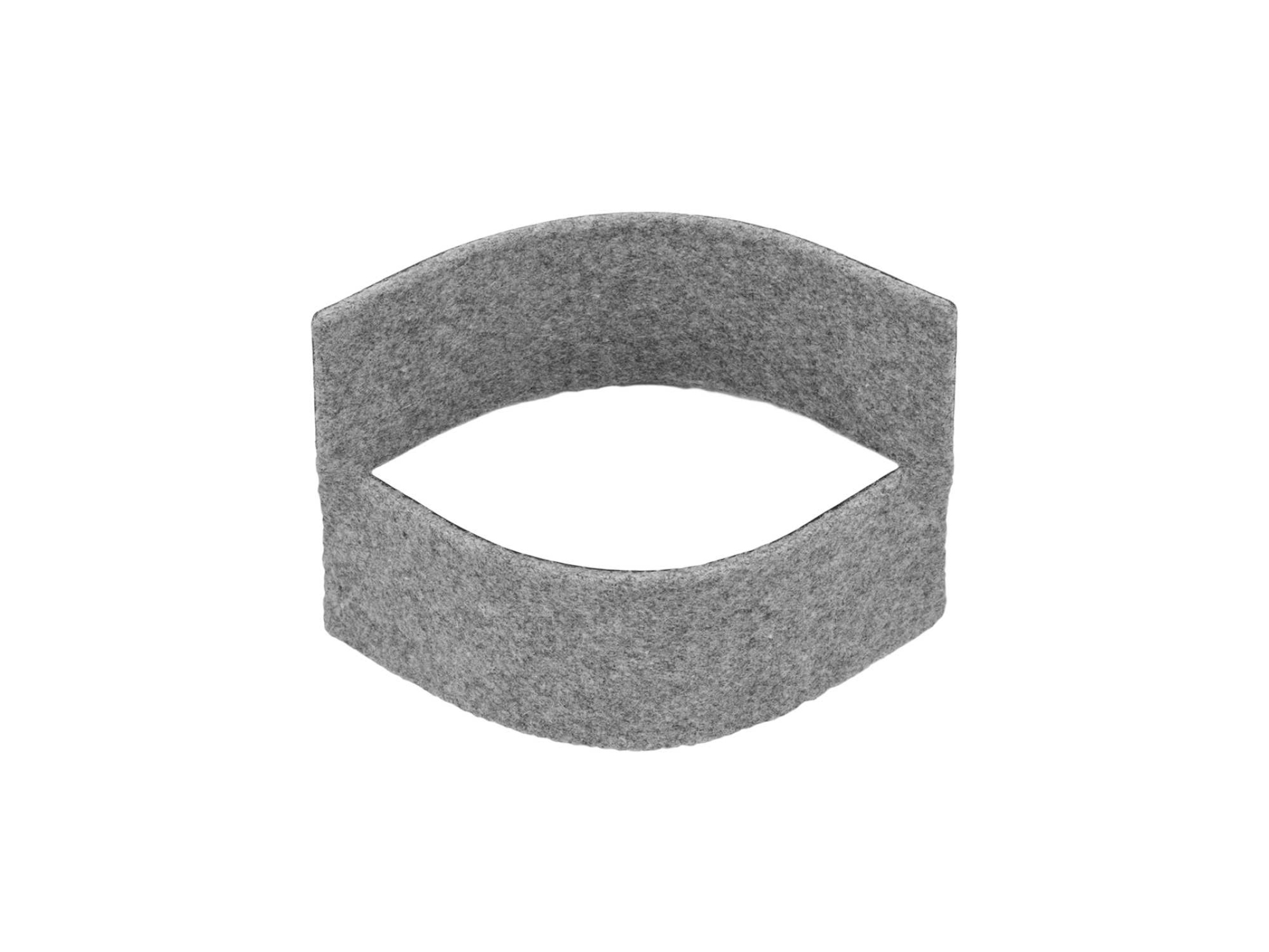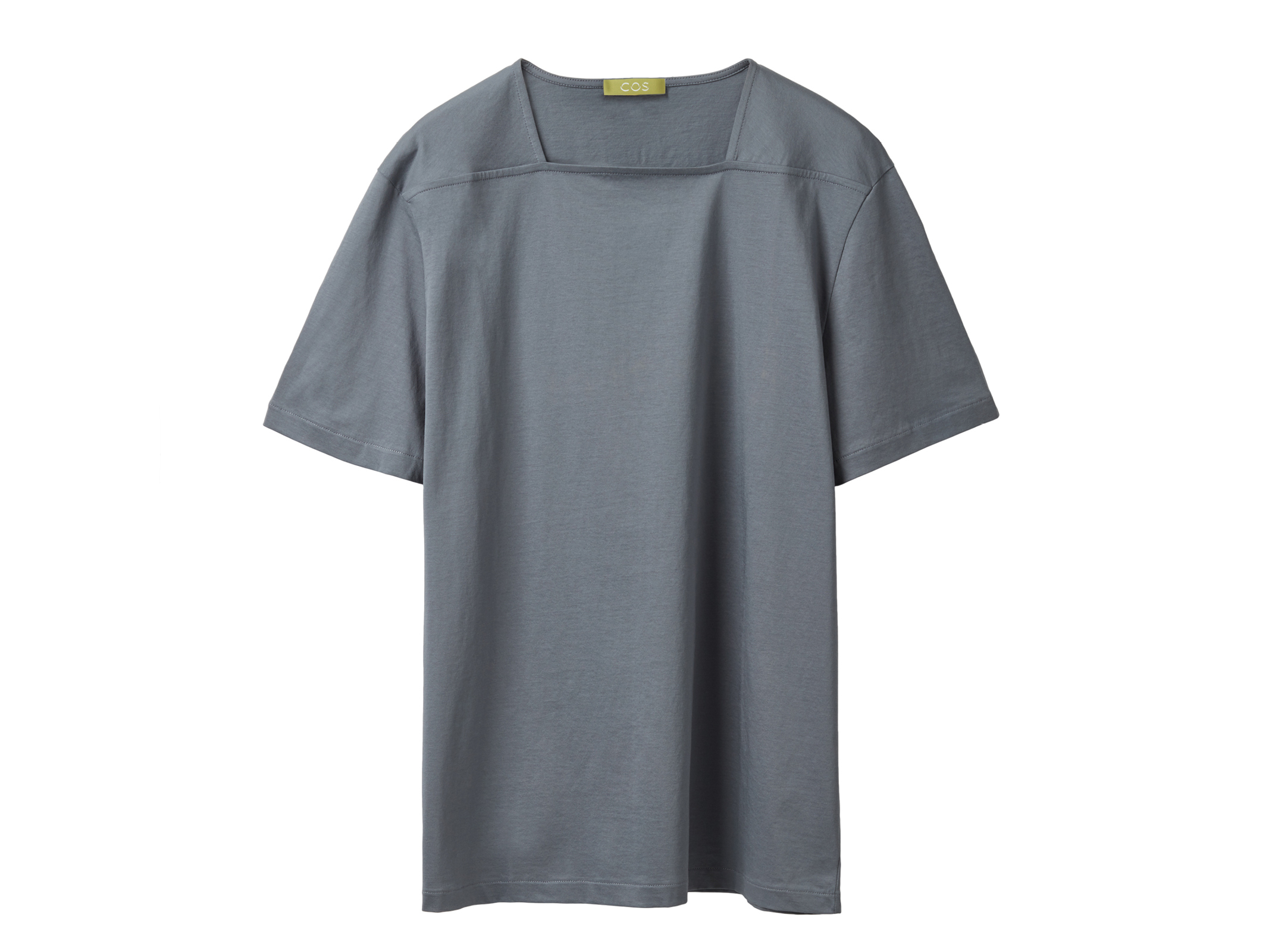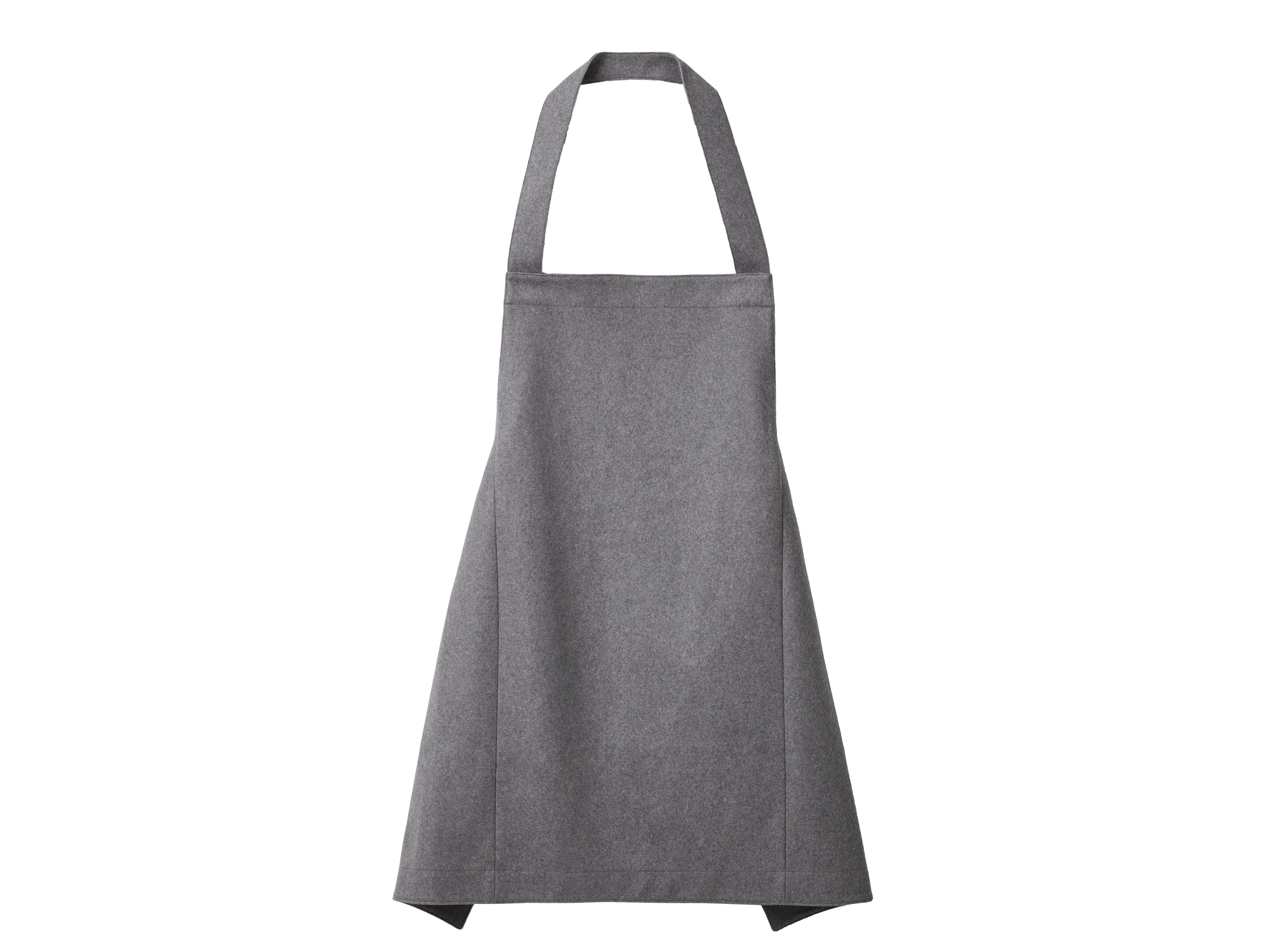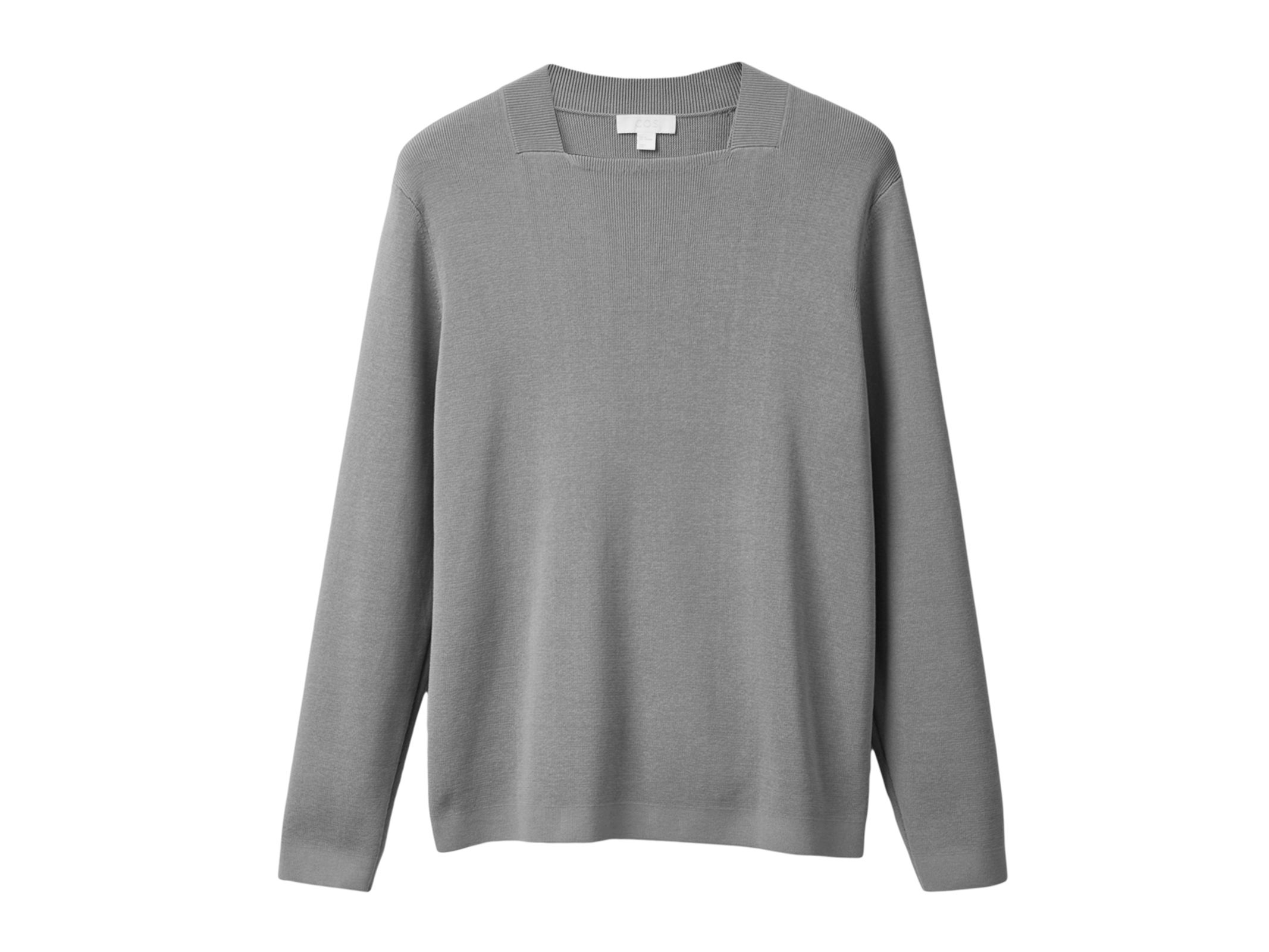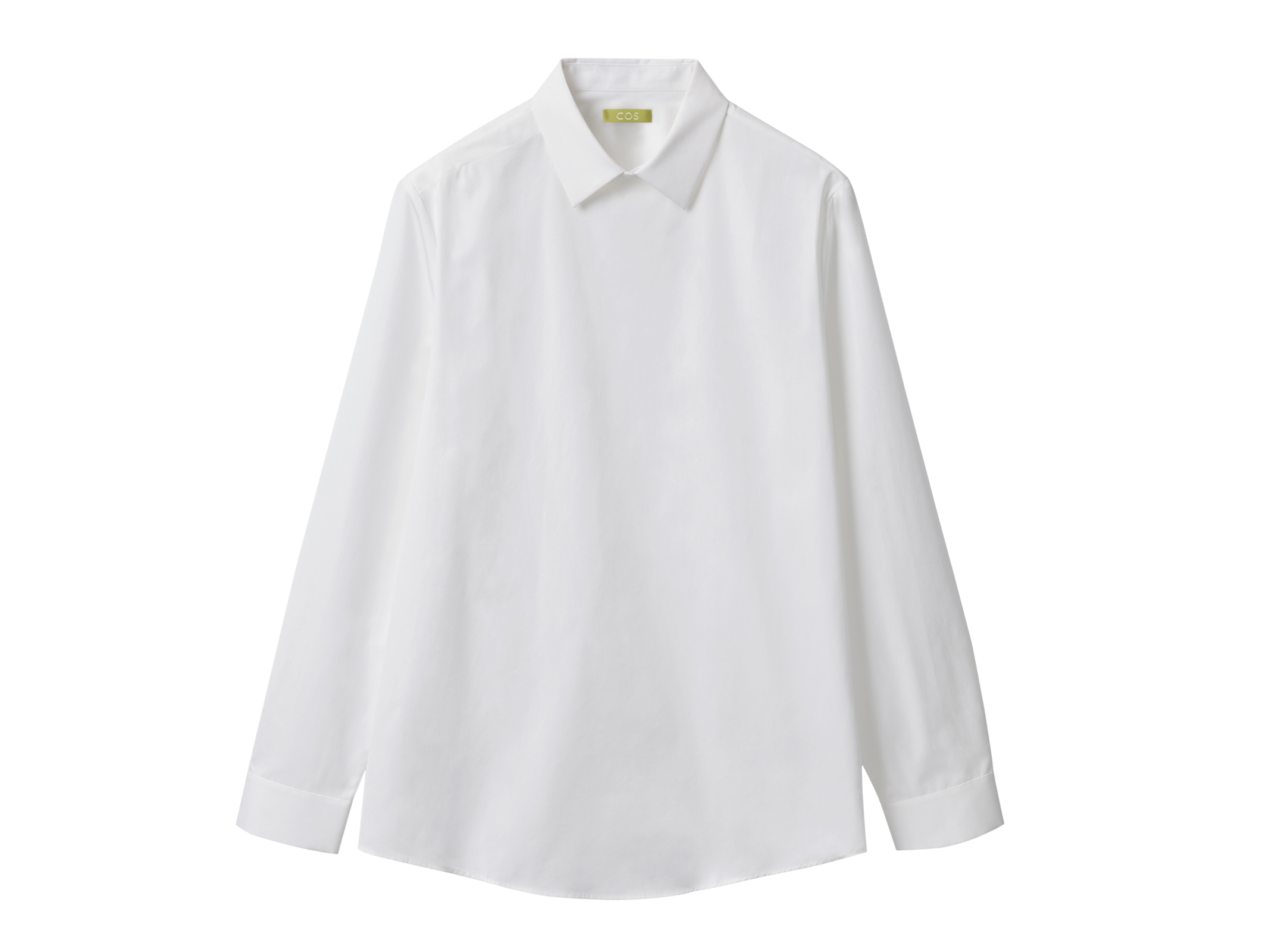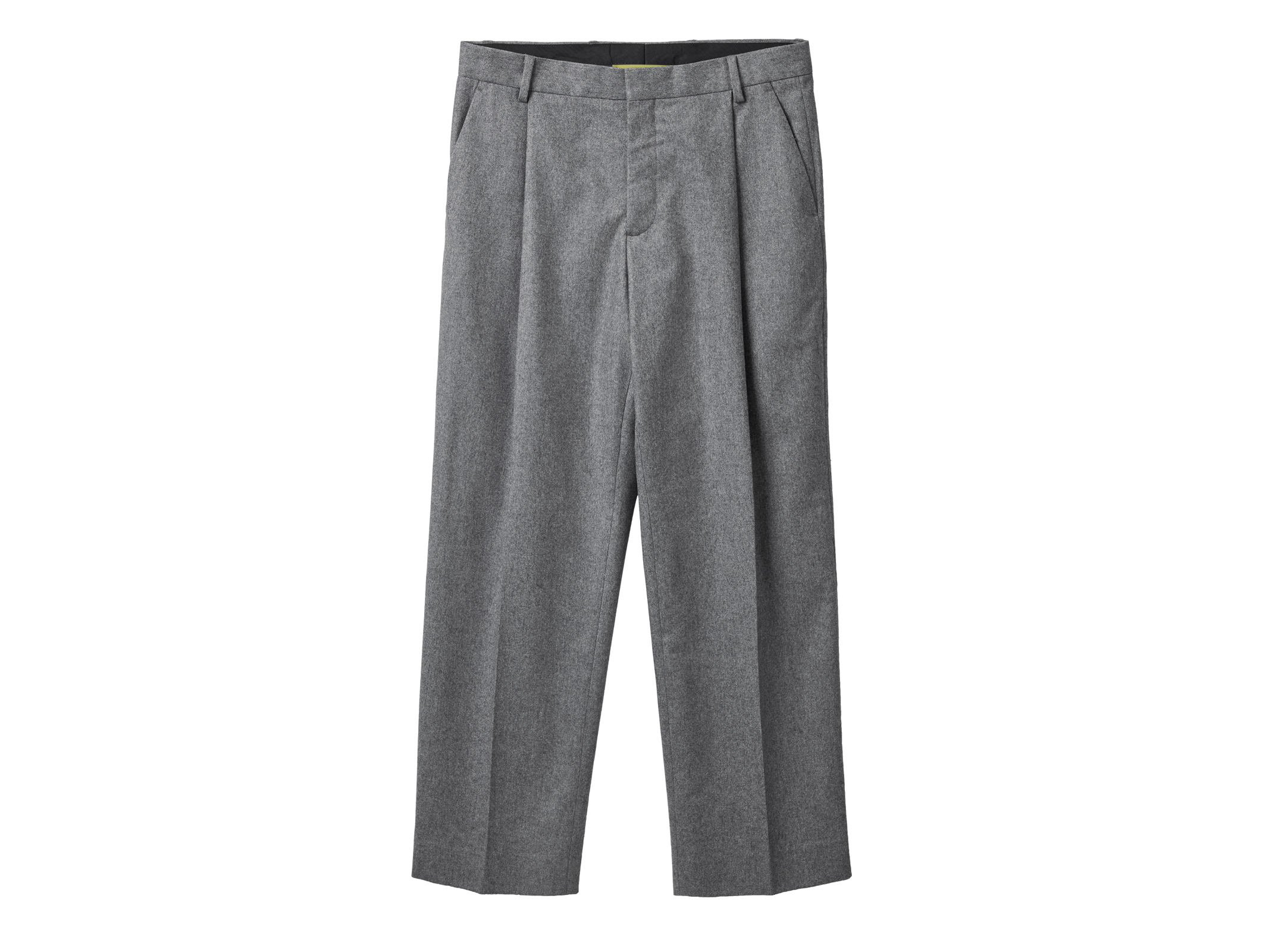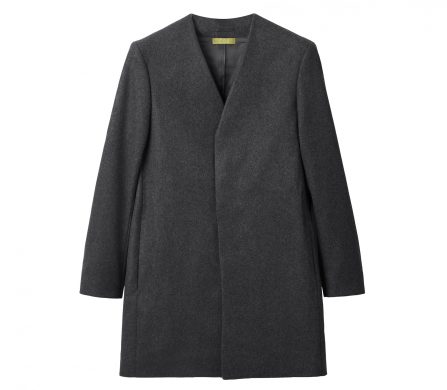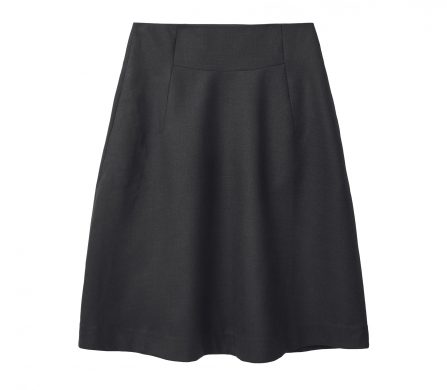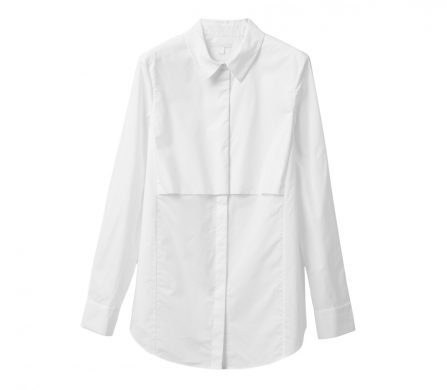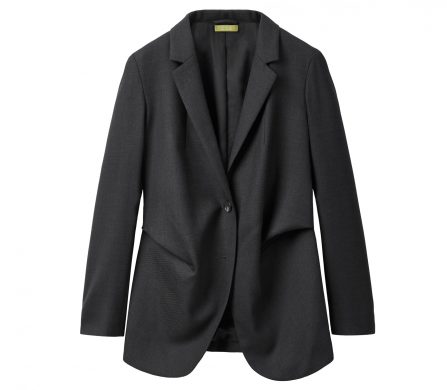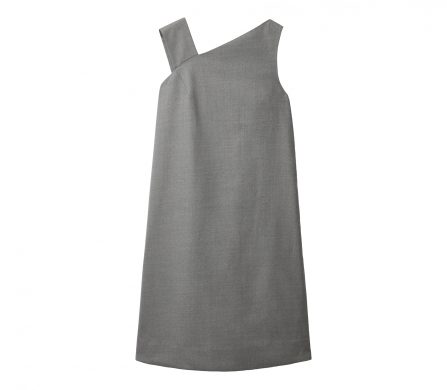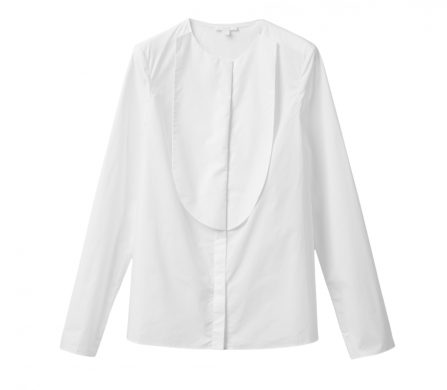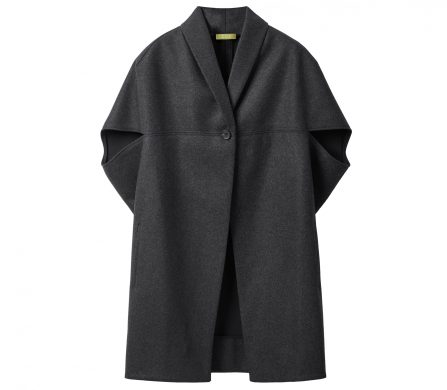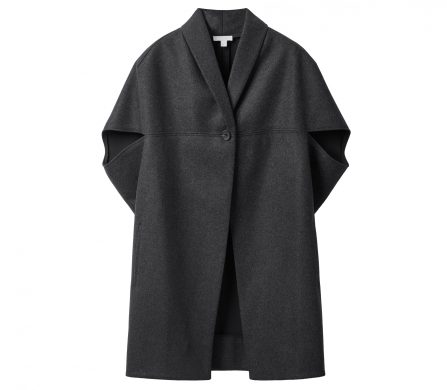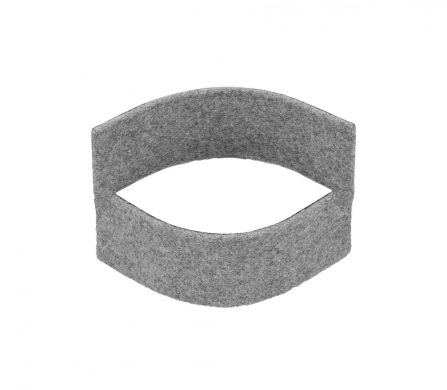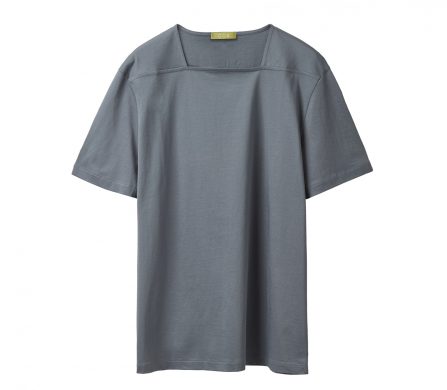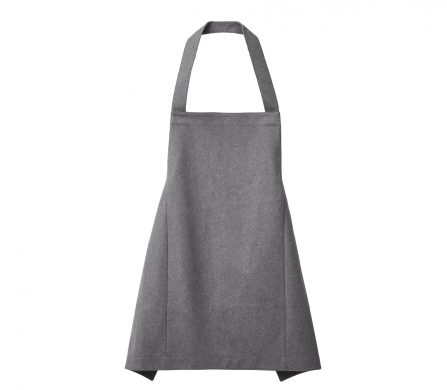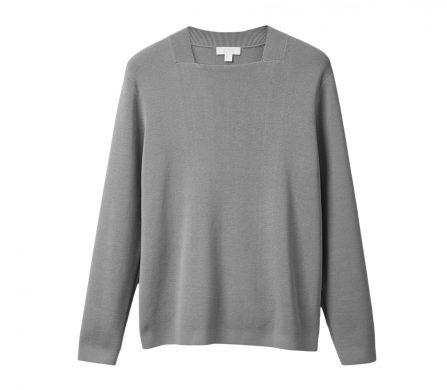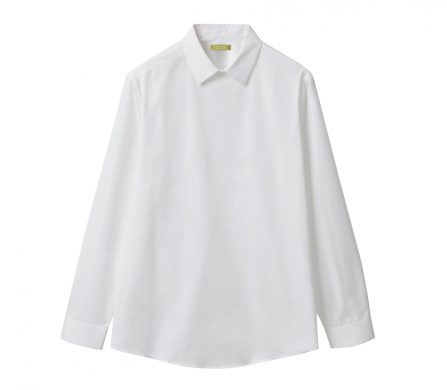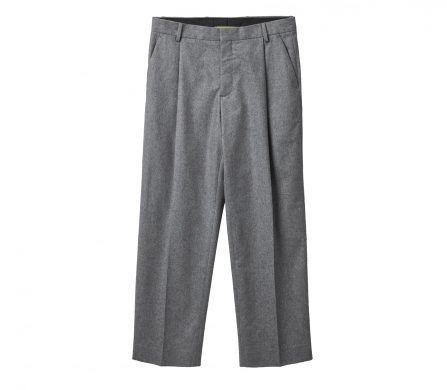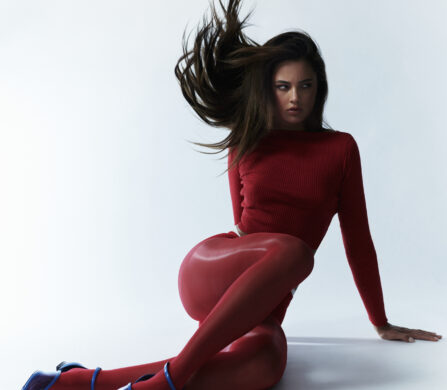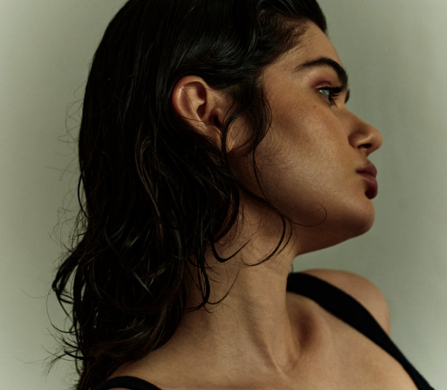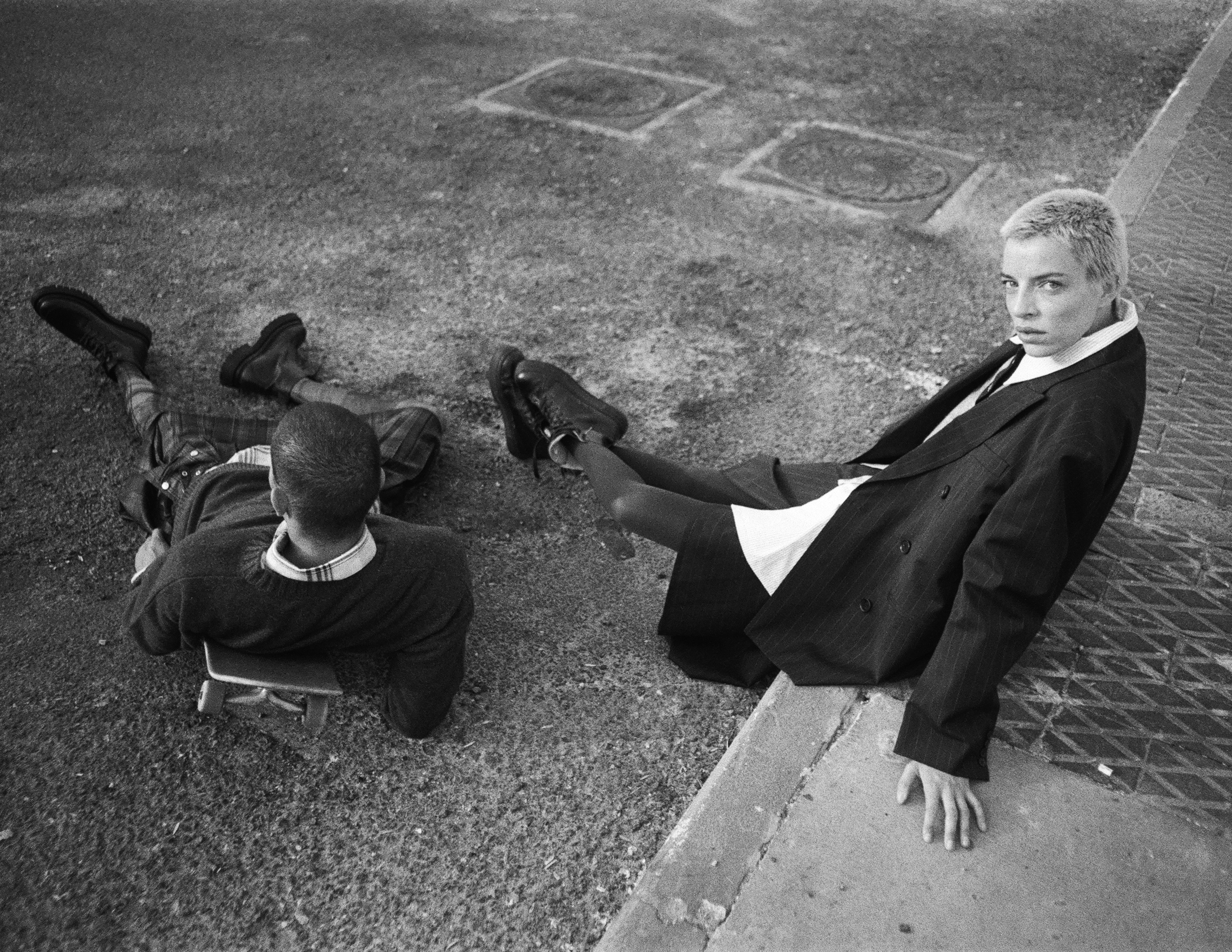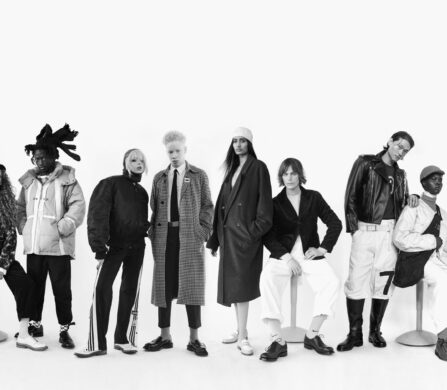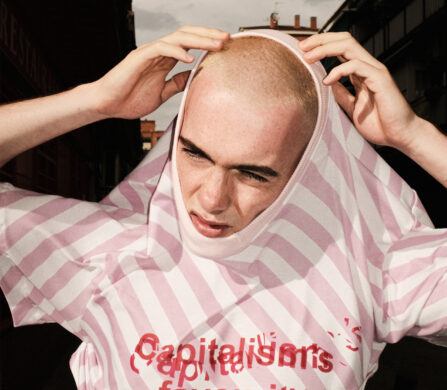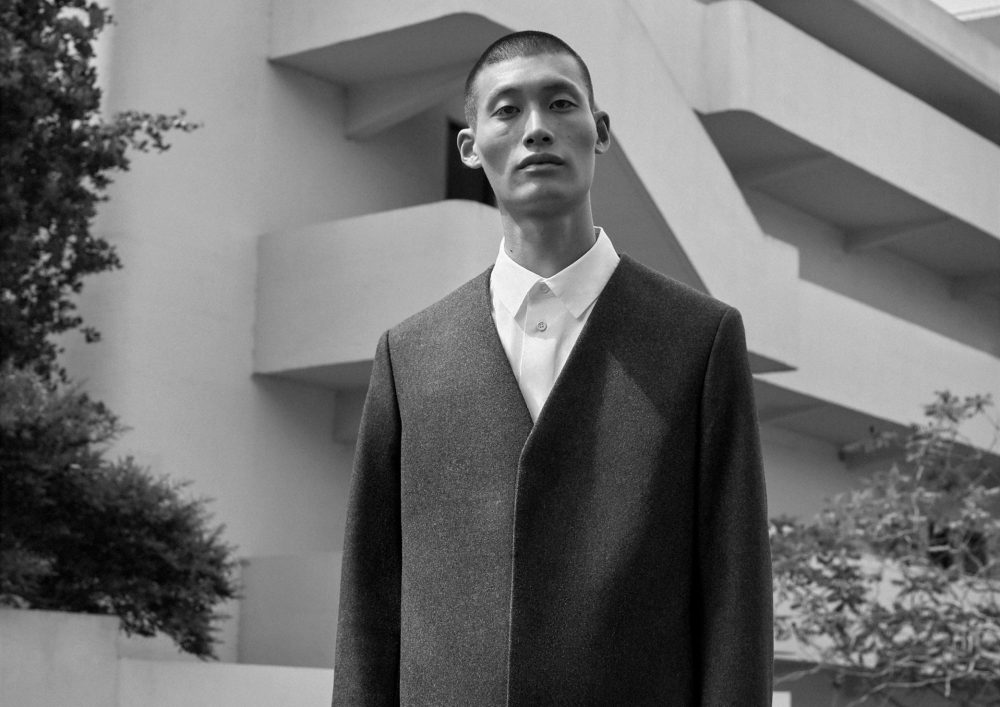
This year marks one hundred years since the formation of the Bauhaus. While the Bauhaus only technically existed for fourteen years, this century-old movement had reverberations felt around the world to this day, with Bauhaus influence felt in everything from art to theatre to fashion. To mark this anniversary, COS has gone through their archives and delivered a brand new capsule collection — a simple, elegant series of pieces all rooted in the Bauhaus’s profound inspiration on fashion and the culture writ large. Schön! spoke with the head of menswear at the fashion brand, Christophe Copin, about the collection and his personal approach to COS, as well as why the Bauhaus has lingered so long in the cultural imagination.
Can you give us a brief introduction to this capsule?
With this particular capsule, we thought it would be a great thing to celebrate Bauhaus’s 100 year anniversary — it’s kind of a good number, I would say. As we have always been inspired by art, design and, of course, Bauhaus from the beginning, we thought it could be interesting to, instead of doing a capsule designed around the Bauhaus, look at the past, at the archives. We don’t usually look too much at what we’ve done before; we try to always move onto new things and build on the foundation that exists but it was really interesting. We made a selection of a lot of pieces and weeded more and more to get this very tight and consistent assortment, something that is also connected between men’s and women’s. One complements the other… women can wear the men’s trousers and men can wear the women’s trousers.
With menswear, we chose pieces based around their geometry, which we find to be very connected to Bauhaus. We worked in a very minimal way to approach the colour — connected to the building itself, which was different shades of grey and white. Everything is a different shade of grey and white: grey melange in wool and also solid grey in the jersey and knit. Same thing in women’s wear – we share fabric with men’s and women’s wear, and we build a silhouette with that. You can build a silhouette in many different ways. In some pieces, you can share it — the apron could be shared by men and women, for example. Same thing for the trousers, and some guys could wear a women’s coat, which is also something we like.
The funny thing about that is that, without thinking about it, the customer will do it naturally. We see that without working on it. Men are shopping womenswear, and women are shopping menswear, which is absolutely great for us. We love that. It’s very interesting to see some of what the customers have sent us on Instagram.
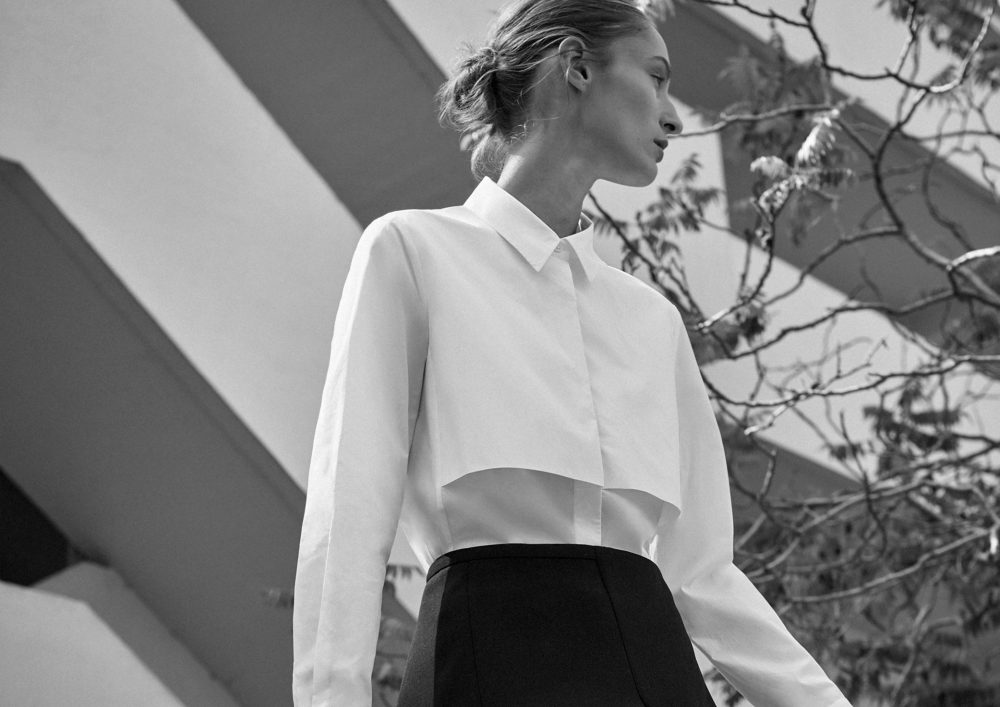
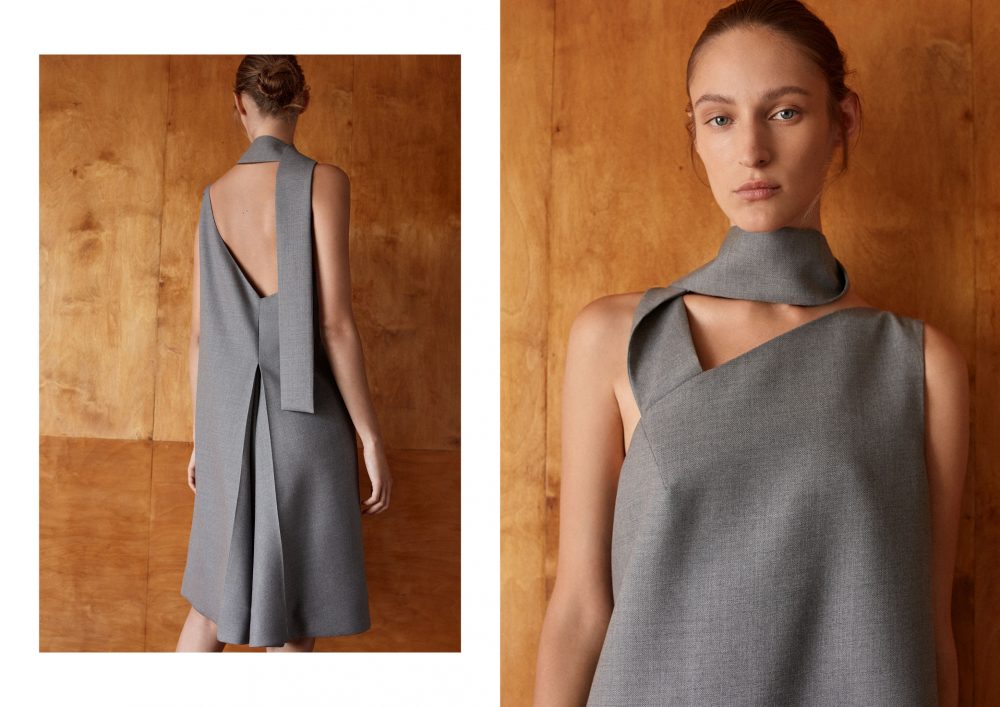
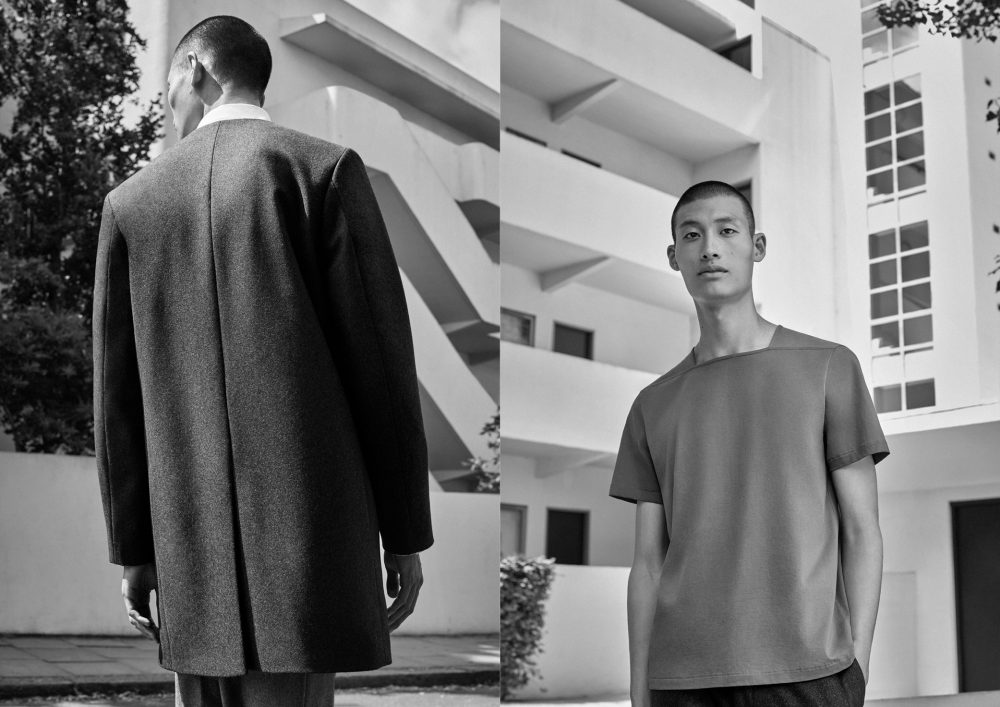
So how exactly did your previous studies in architecture play into this collection?
We always take the inspiration from architecture. Everything is connected together in a way. For example, looking at the building you can learn a lot of things about how light goes into the building and how light enters the colours. This is something we also use in garments. Light is very important. The other thing which is really important in the building is the balance, the proportion of it. It’s something that is definitely really connected to the work we’re doing, and as we work a lot on the proportion, balance and colour.
The other aspect from the Bauhaus that is really connected to us is the mix of art and craftsmanship, which is also something that is so important for us. Of course, we start with a kind of artistic inspiration or architecture inspiration, but after that, we work very closely with pattern makers. We are doing prototyping in-house — in one place, [where] we can get everything completely done ourselves. The collection really starts there. It becomes connected to this world where they have the atelier, when they work like artists — we’re working with the people who do real craftsmanship, like with metal and glass.
You’ve previously said that you’re influenced by movement and dance. Did that come up in this collection at all?
Dance, maybe less, but movement for sure. When we design garments, we always think about movement. That’s so important because a garment is not meant to be hung on a hanger. A garment is made to be worn.
That’s always the problem of the shop — they’re always on the hanger.
That’s the second thing. It’s very funny because when we do fittings, you see the garment being worn by someone, which is an important part of the work. You can say, “oh, that’s very interesting.” But to have someone see garment just on a hanger — it’s a lot. You need to find a way to make it attractive.
How do you do that?
We have magic… [laughs] The first thing is, if you think about yourself going into a store, what is the first thing you look at?
Well, my shopping behaviour has completely changed. I used to look around and wonder what’s new. Now I go, “I need a coat.”
Okay, so you have a clear purpose.
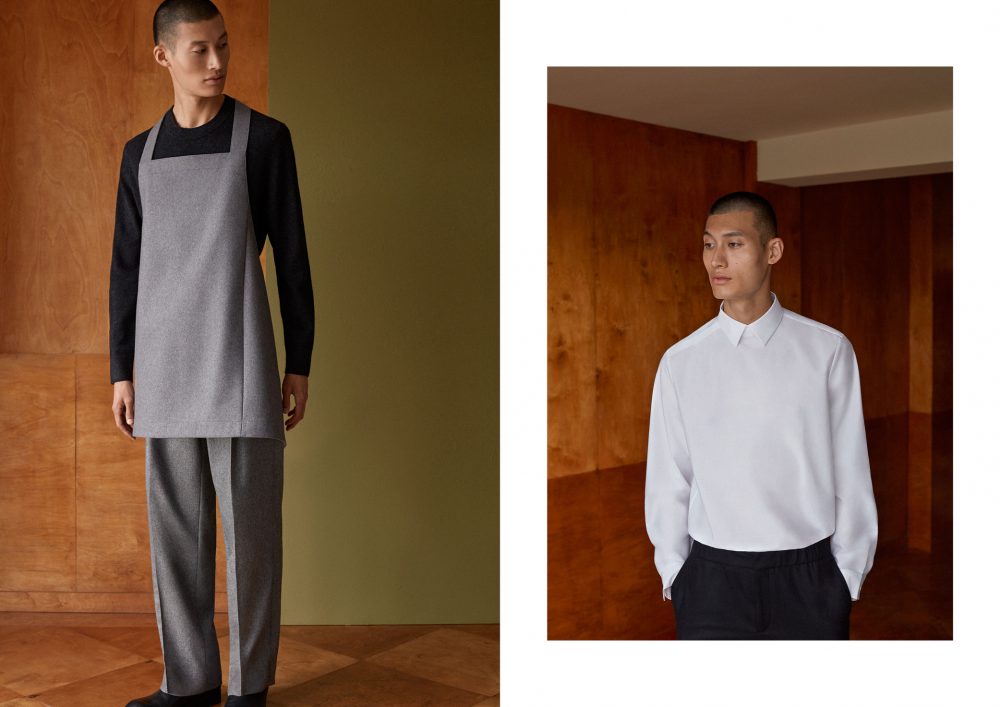
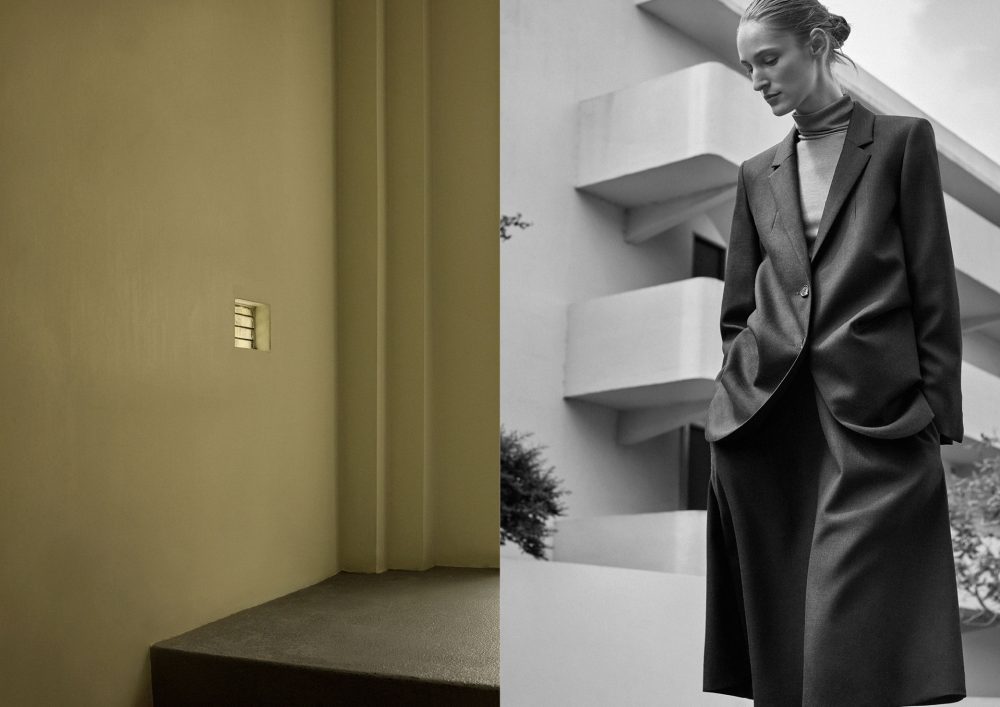
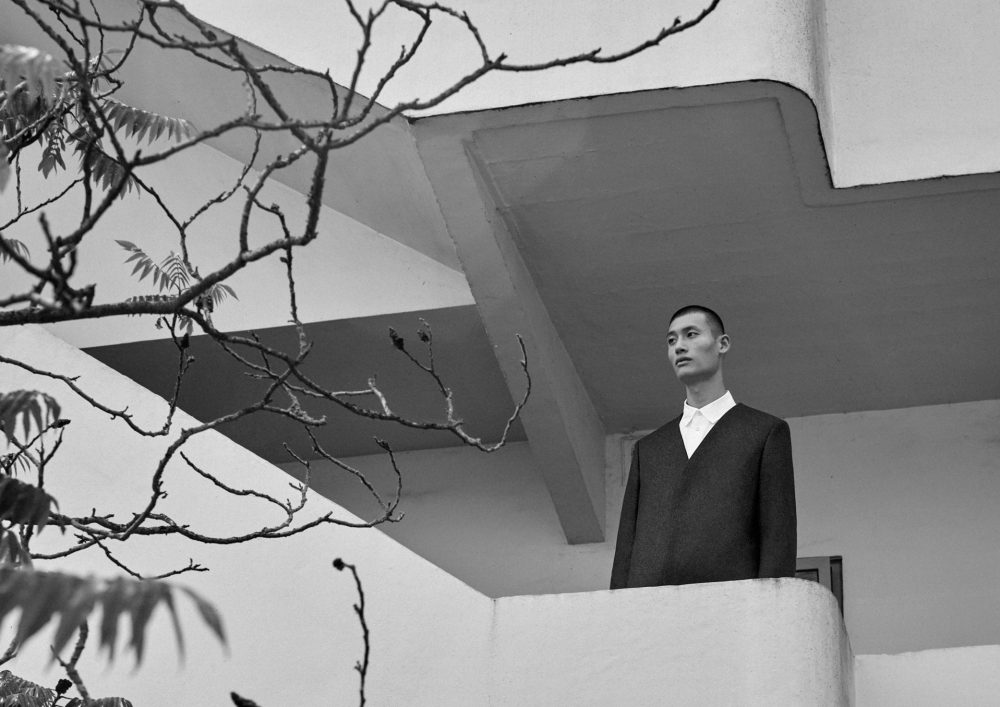
Now I do. But I’m also now the one who buys much more and not the coat.
I hope you’re doing that! That’s exactly it. You enter into the store and you see something that catches your eye: a colour, a texture, something like that. So you go to it, and the next thing you do, you touch it. That’s a very important part. We put a lot of attention on many things, but we put special attention on the hand-feel. For example, if you’re touching wool, you need to feel like you’re touching wool, and a nice wool. A shirt should be a little bit crispy. And, of course, you need to add something that is a little bit unexpected. We have an attention to detail in many, many ways, not only with the fabric but also in the making of it. It’s super interesting to make it in a way that’s democratic and affordable for a broader audience. Design shouldn’t only be for rich people. There’s no reason for that. That was a really interesting aspect of Bauhaus, that it was for everyone. And that’s still so relevant right now.
This is a focused, motivated collection. Why is it important for brands like COS to do driven collections like these?
For us, it’s a way to show our customers — and maybe new customers — the way we work. Some people may think that garments are really, you pick a fabric, you pick a shape, you put it in a machine and it comes out of the machine completely done. But it’s exactly to the contrary of that. You need many, many hands to work on a garment. We say, okay, we see how the Bauhaus was thinking about design and architecture — and we keep this design process in our everyday work. It’s an idea of making a very beautiful capsule collection while at the same time communicating the way we design.
How is your personal approach to COS unique from other brands you’ve worked with?
Different type of product, different scale of company. It’s a very interesting journey, coming from more luxury and designer brands. You think you’re entering a different way of working, but in the end, it’s not. It’s the same process.
And COS is presented like a boutique—
It is! Again, the design process is still the same as when I worked with Margiela or a different brand. The scale changes — I can see the garment I’ve designed coming into a very broad audience. It’s very nice to see people wearing the clothes we design. It’s a kind of gift, when you have someone coming into the store, finding something interesting, trying it on, and buying it. It’s fantastic.
But do you have to rethink your ideas then? Because the customer for a designer brand is in your head — like, this is the guy or the girl “look” the brand has.
It’s always thinking about who your customer is. Here, the scale is bigger, so you talk to more people, which is amazing. Of course, you always want to talk to even more people, because that’s the way forward. It’s interesting — you work for a brand, but you need also to push the boundaries. In each brand you work with, you always need to push the boundaries, because they always have only one idea of their customer. But it could always be even bigger than that — there could be many more than you think.
Today, in London, in Berlin, people shop everywhere — they don’t only shop in one brand. But that’s why we must our job with a lot of passion, a lot of integrity — and that’s what we’ve done, putting a lot of attention in the quality, durability and longevity of each piece. For example, we have a coat in this collection that was made for the first time in 2013 or something like that. But it’s still relevant — and still modern. That’s really what design should be.
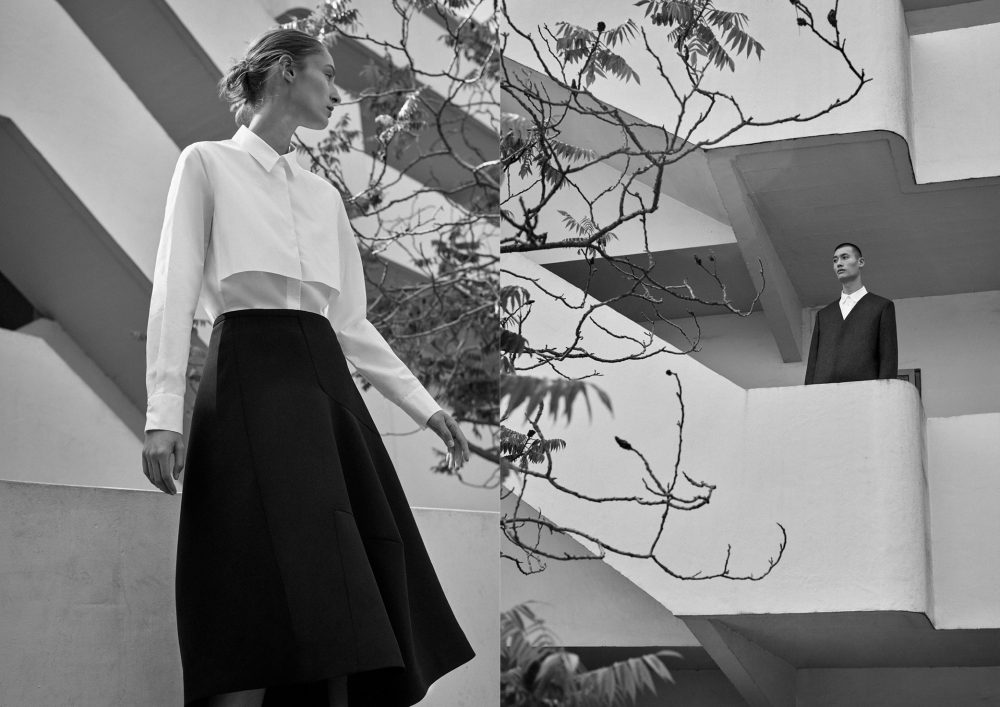
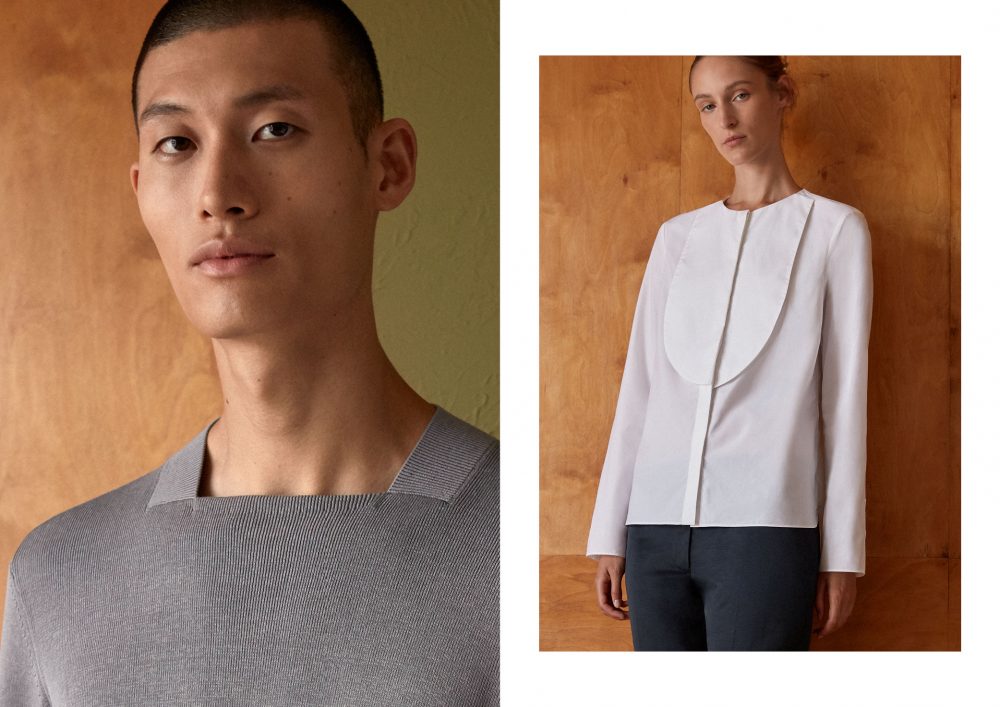
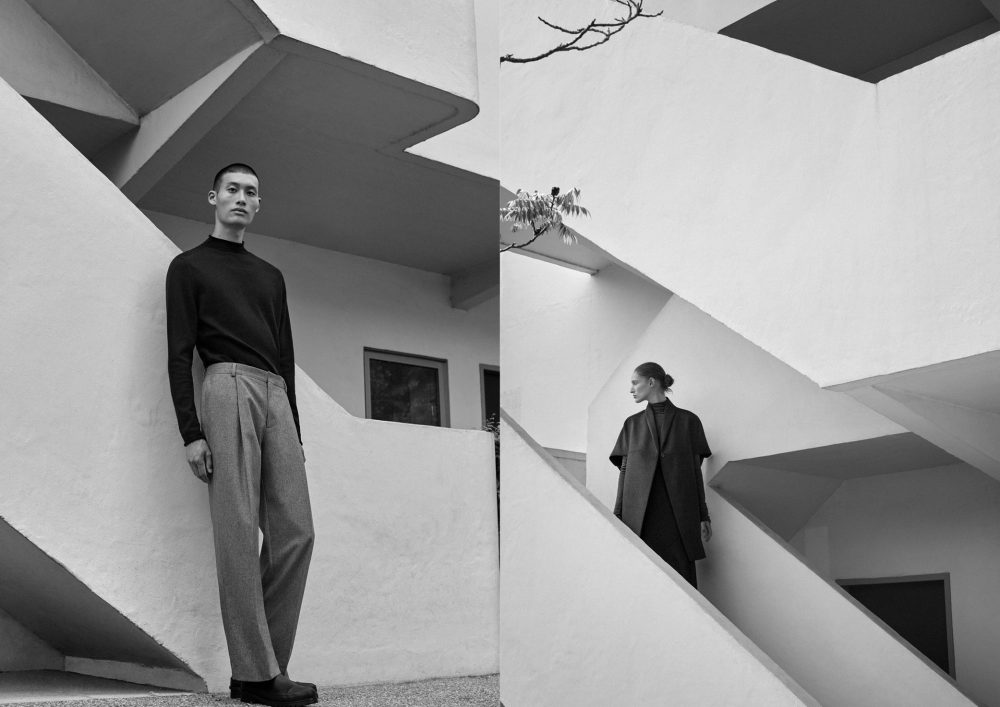
So when you envision the COS menswear customer, if you must, what do you see?
I see many types of customers. We are very lucky because we have a large scope of customers, starting with very young customers, 15, 16 years old, going up to older than me. You can talk to both of them, just not maybe with the same garment. Or sometimes with the same garment. Say, for example, that you have a white shirt. The way some guys will wear it is different than you. You might wear it open on top of a t-shirt, something “cooler” for the younger guys. You might also wear it closed under a suit or under a round neck — and that makes it more timeless. That’s why wearing the clothes is so important, because in the end, you make it your own.
Returning to Bauhaus, why do you think Bauhaus is still relevant in 2019?
Exactly what we said before. They put so much attention in everything, and they questioned so much. Every part of the design — it’s still so modern.
Even with furniture, we all still buy it.
Yeah, but it’s still so — if you look at the Wassily Chair from Marcel Breuer, which was made in 1924 or something like that, it’s insane. It’s the perfect balance of everything. You feel super well when you sit in it, and the object itself is beautiful.
Not like some sofas today, which are uncomfortable but very nice to look at.
Exactly. That’s so interesting because they put attention on everything. When you look at it, that’s the evidence. It’s a beautiful piece and you feel good in it. It’s like a good garment. When you wear a nice sweater, you just wear it and think, “oh, wow. It’s so good.”
You know immediately when you put it on.
It’s exactly that. But to achieve that, it’s a lot of work.
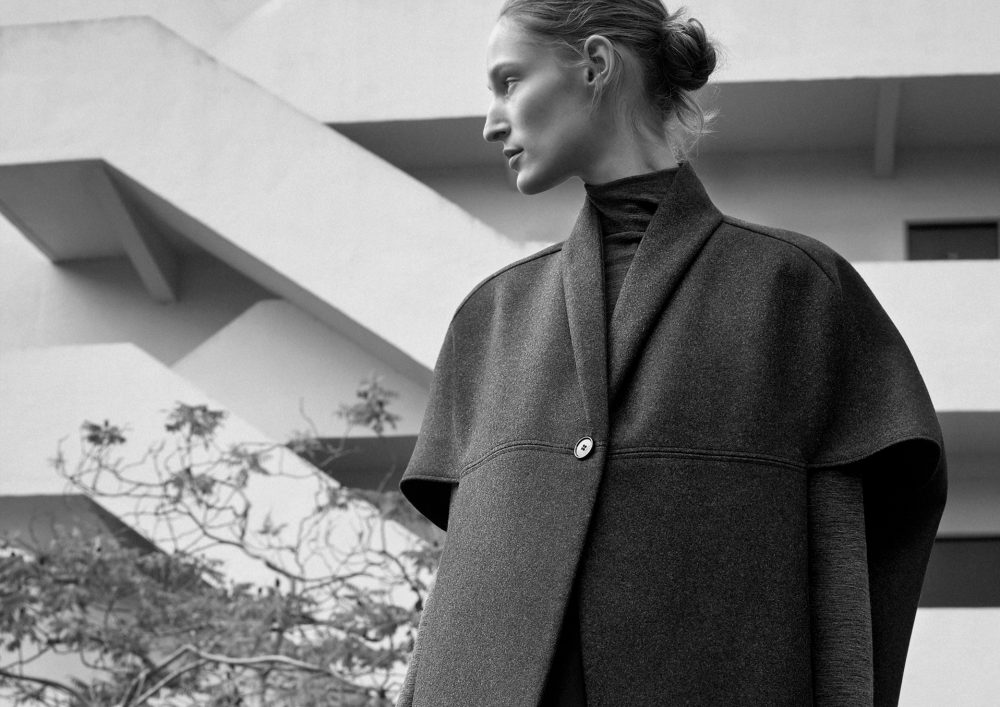
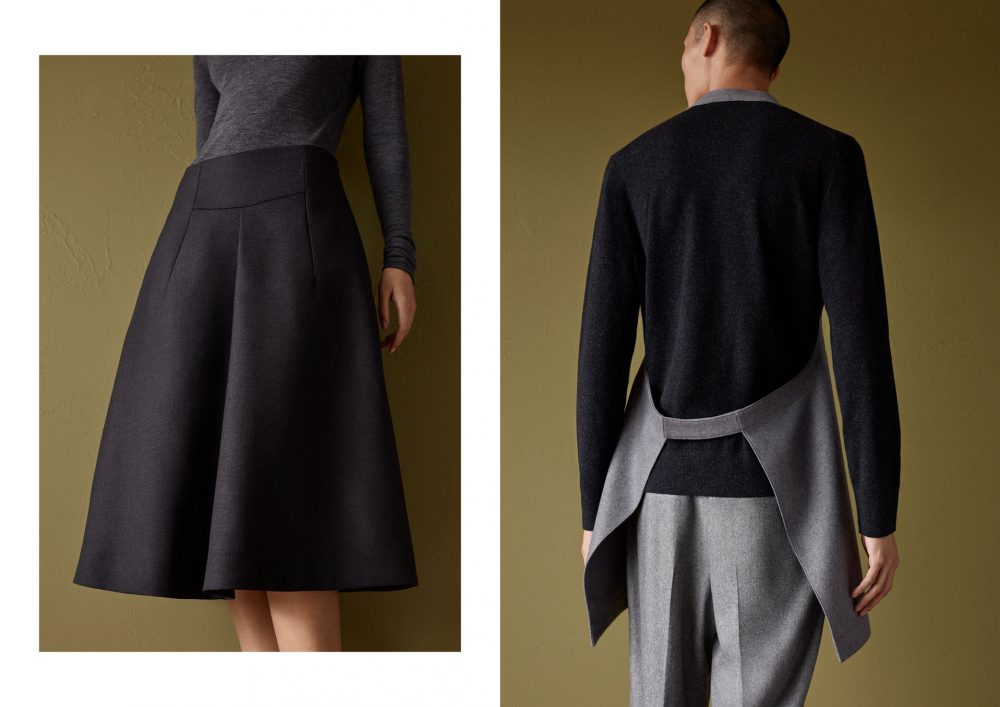
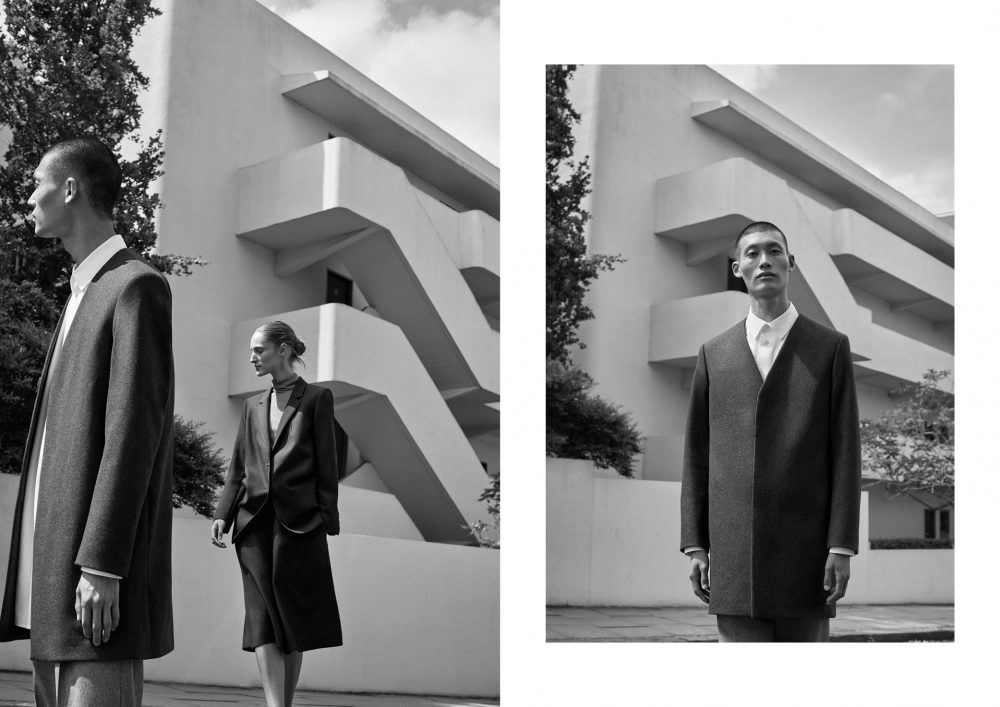
Moving on from that, what are your thoughts on the present day menswear landscape?
The past ten years have been really interesting because menswear completely changed. I feel that now we’re entering a new era where masculinity is more challenged, but it’s being challenged in a new way. There’s something happening now, and you can feel that it’s coming. Genderless fitting, for example. It’s very important. But it’s not exactly becoming more feminine — it’s not like something like that. It’s something more refined, a different masculinity that we need to find — a more daring masculinity.
A braveness, maybe.
Definitely. It’s both bravery and individuality. Men are wearing more daring, strong pieces, but at the same time, they still love the very timeless pieces. They challenge it a little bit with different lengths of trousers, different lengths of coat, different lengths of shirt, even. We’re still surprised — last summer we had a very long shirt, which all the buyers I worked with said, “That’s very cool, that’s a very nice look, but we’re only going to buy a little because it will stay in the stores.” Then it all sold out — very quickly.
But that’s the problem with the high street or bigger store chains, often. When you find a timeless piece, everybody jumps on it.
Yes. It’s interesting, the way it all works. When it’s a good one, everyone wants it and everyone buys it.
What about the future? Where do you see COS menswear moving in the future?
I don’t really think about what will happen in ten years, because I really don’t know. I think about the next two years, I would say. I’ll keep working in the same way. We’re always working. When you look at art, design, architecture, there’s always a new way to produce. You see a lot of artists who produce today in a way that is almost scientific, which is a really new way to make art. We are also working on that with fabric — we try to reuse waste, and we are working on new ways to produce garments, to produce fabrics. It’s a new challenge for us.
And the minds of the customers are changing as well in terms of waste.
Which is a normal way to act. In everyday life, we do that, so of course, it’s connected to our work. In COS, it’s something that’s always on our minds. But it’s a long, long process because, as we produce big quantities, we need to get everyone to come along with us. It’s a different way to approach design, and it’s always connected with art and architecture.
Discover COS‘s full Bauhaus-inspired collection in the gallery below.
interview. Raoul Keil
words. Braden Bjella













